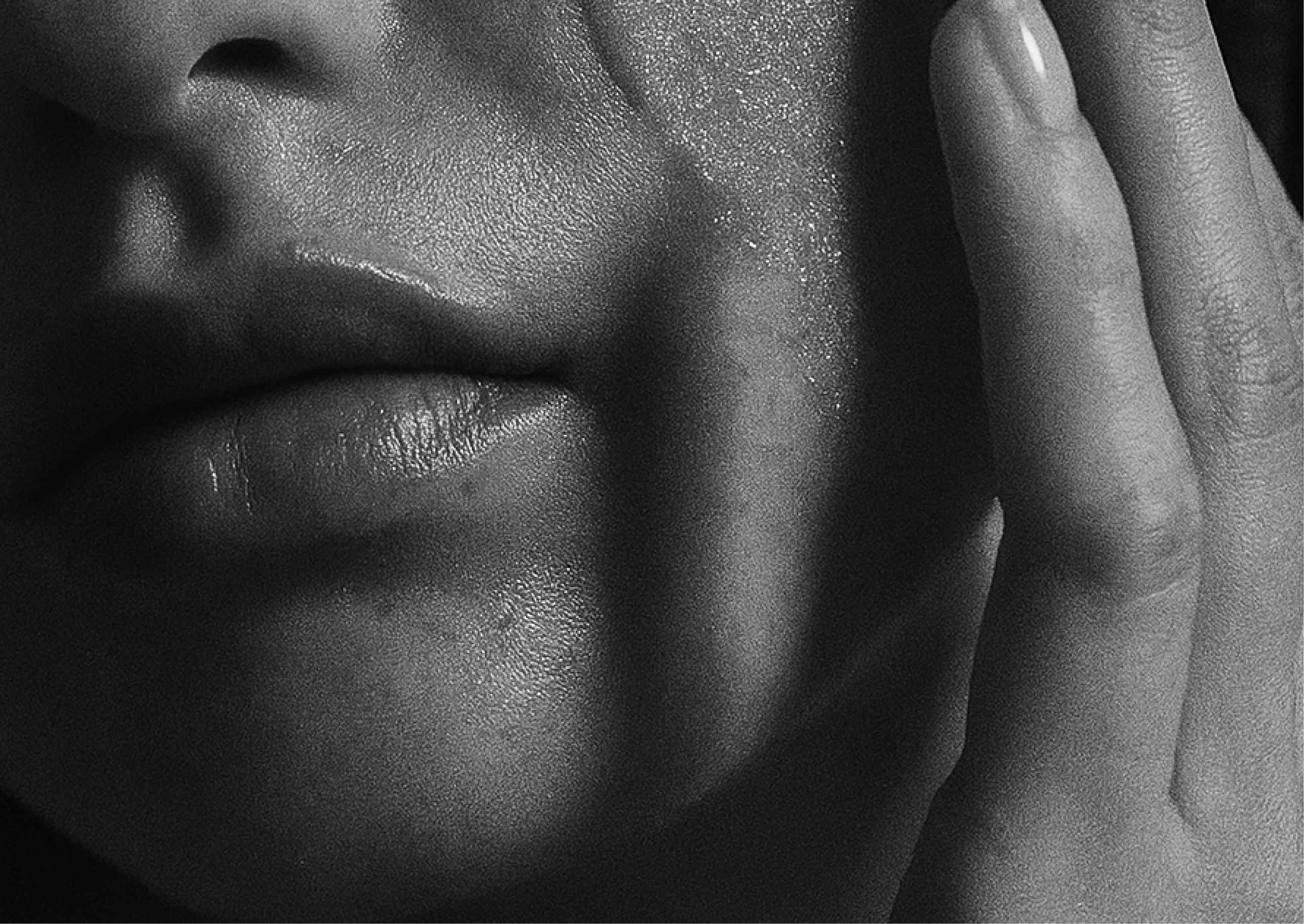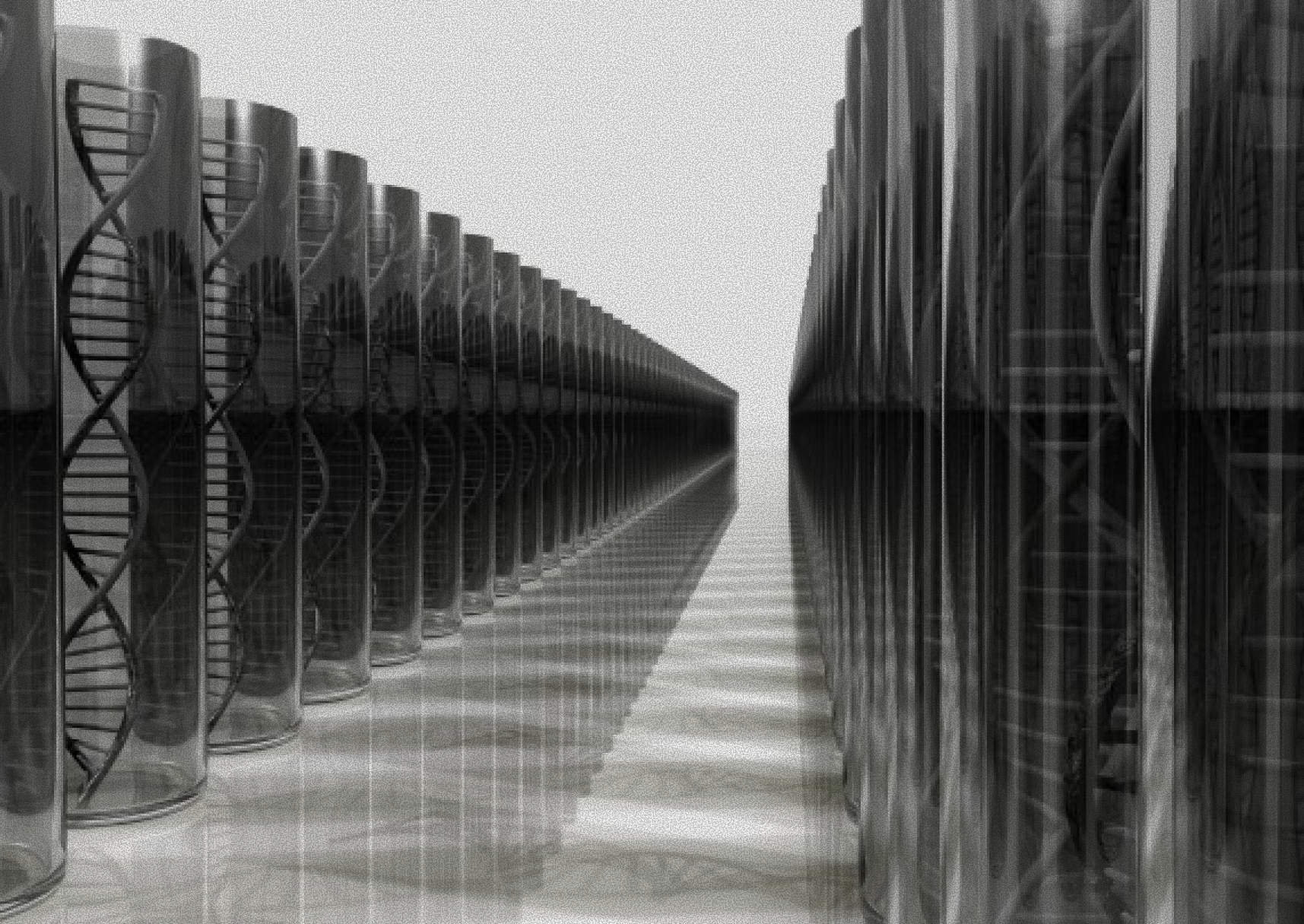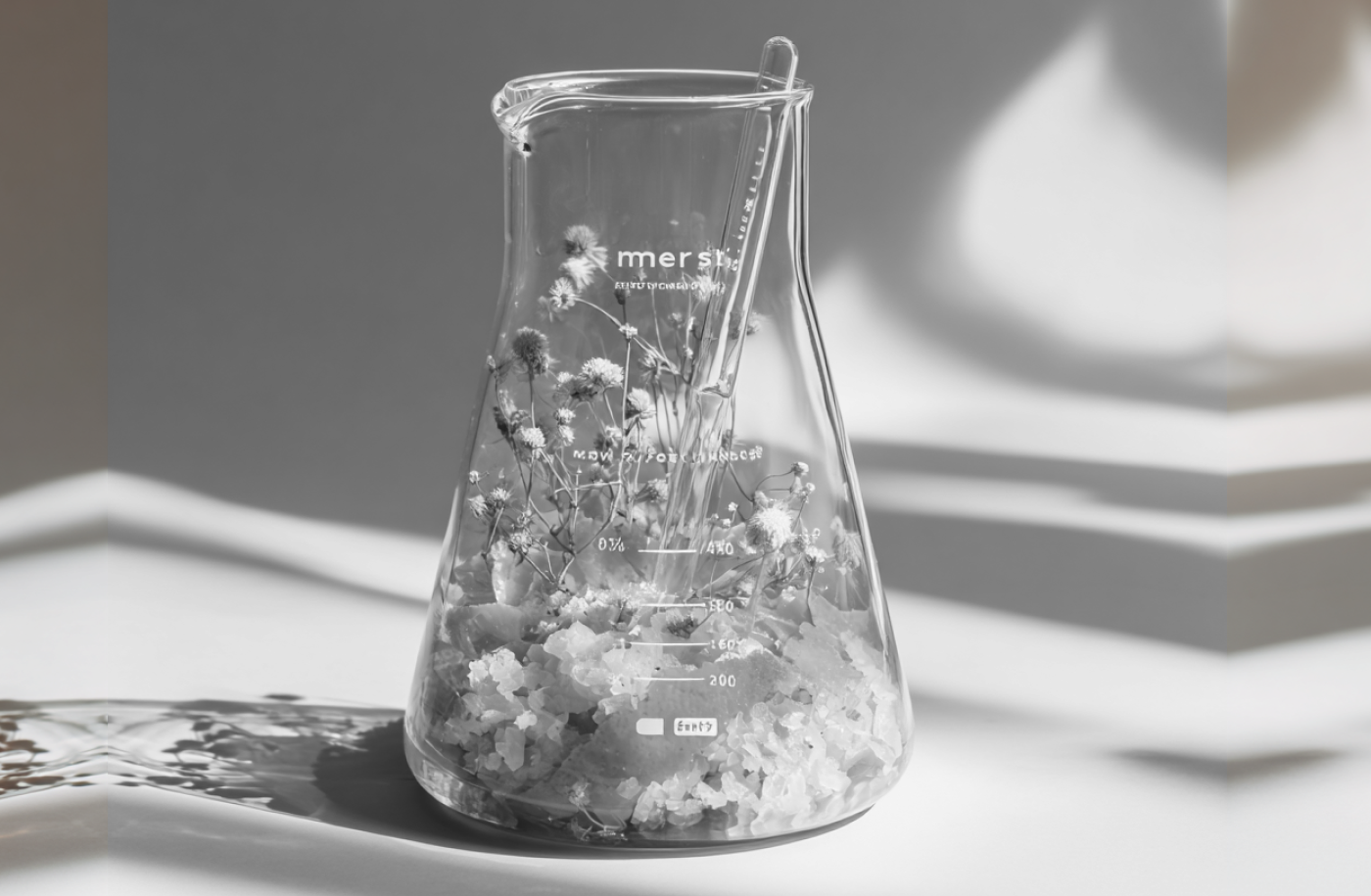
PSA: All About PHAs
If AHAs are the headline act, polyhydroxy acids (PHAs) are the editor’s note...precise, restrained, and gently effective. Chief among them is gluconolactone (you may also know its cousin, lactobionic acid).
PHAs Advantage
In NOCTIS, we harness PHAs through gluconolactone. Structurally larger than glycolic or lactic acid, PHAs move more slowly through the stratum corneum—offering a more demure resurfacing, with less sting and reduced sensitization.
PHAs are dual in nature. They act as humectants, drawing in water while gradually lifting away dull surface buildup.
On a molecular level, PHAs carry additional hydroxyl groups that can bind pro-oxidant metals, giving them antioxidant potential alongside exfoliation. They are generally considered non-photosensitizing under normal cosmetic use (though daily SPF is still recommended of course).
With continued use, many notice a more refined texture, and less visible irritation compared to traditional acid routines.
Another advantage is that PHAs tend to layer well with other actives such as retinoids, niacinamide, as well as certain vitamin C formulations.
To Sum It Up
Gluconolactone reflects a sort of modern etiquette of acids - polite, thorough, and precise. If glycolic feels too strong for your skin, start with PHAs a few nights a week and build from there. The result isn’t fireworks, but rather, refinement. But, we think they lend the kind of boost that helps everything else in your routine perform just a little bit better.

